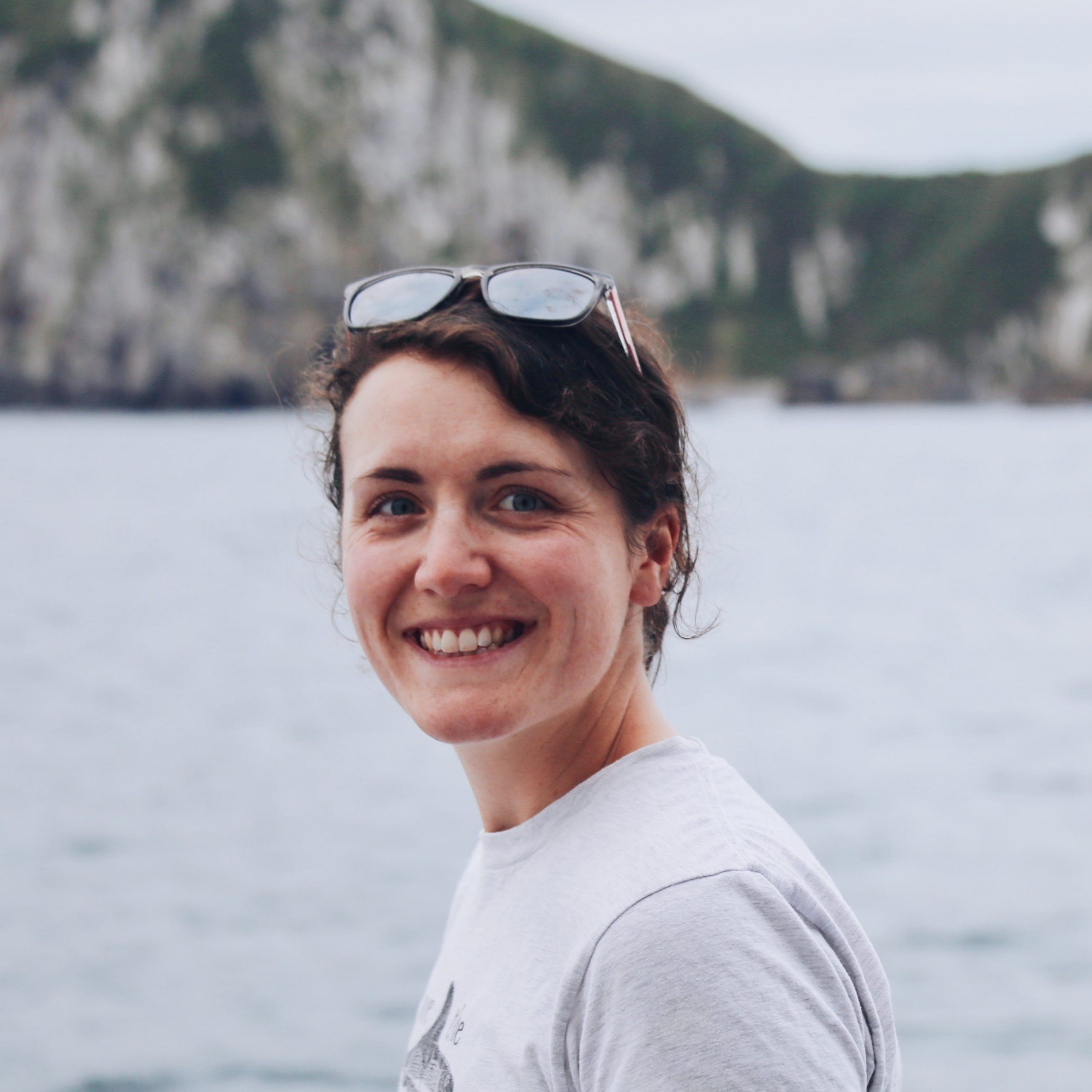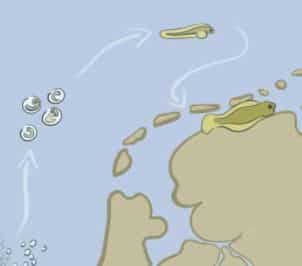IN WHAT WAYS ARE SHELLFISH BANKS IMPORTANT FOR FISH?
Shellfish beds and tubeworm reefs (Lanice) are part of the Wadden Sea ecosystem. These provide food and shelter for young fish. The number of beds and reefs declined sharply in the 1980s, partly due to diseases and fishing practices that disturb the seabed, but natural recovery is now taking place. In this study, we investigate the role of sublittoral mussel beds (mussel beds that are always under water) for fish.
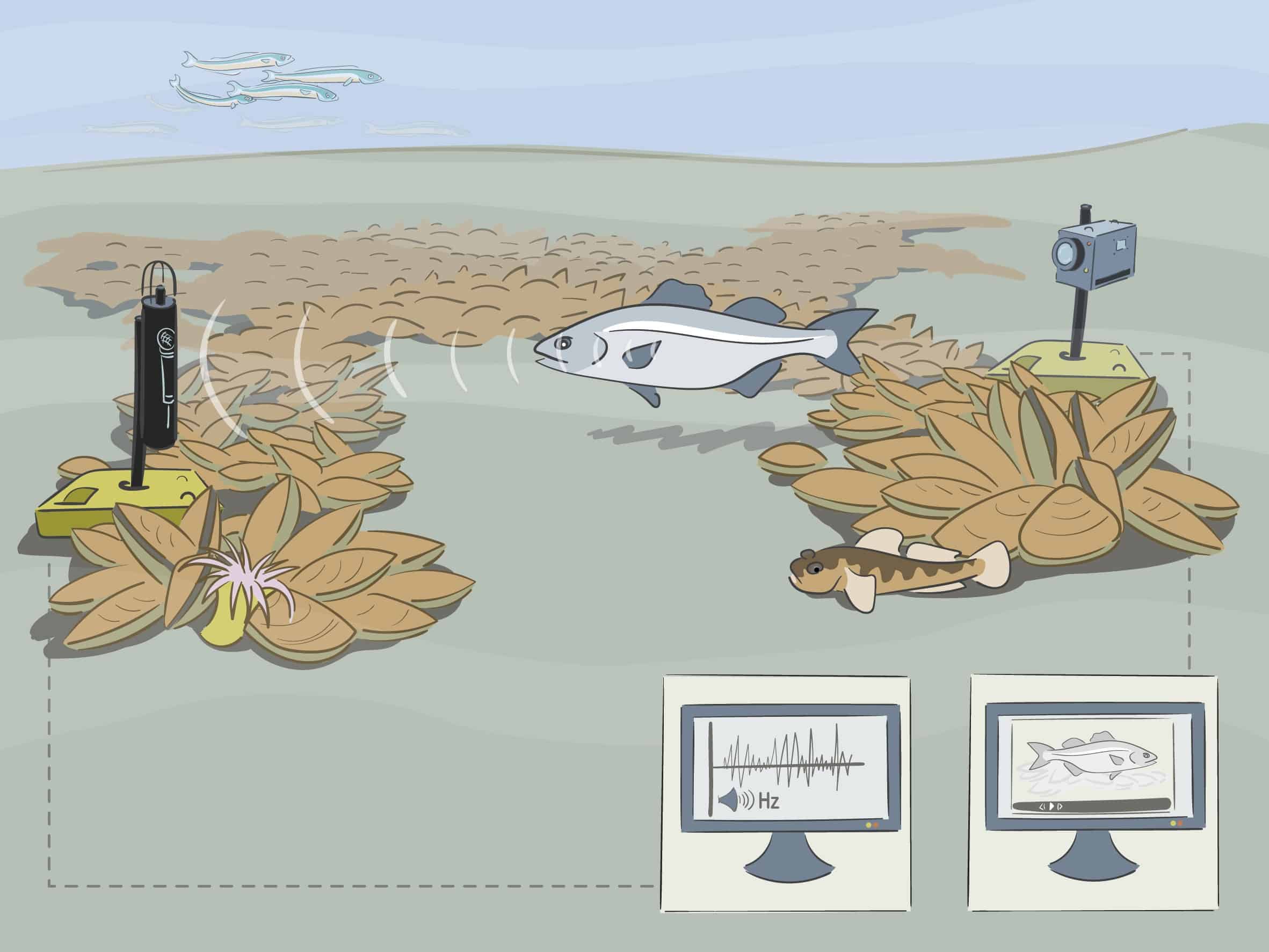
By making audio and visual recordings of fish, we learn which species use shellfish beds during their life cycle.
Role of shellfish beds and reefs
Shellfish are real bio-builders: they create their own ecosystem from which many species benefit. We think that shellfish beds and other reef structures also contribute to the nursery function of the Wadden Sea, but which fish species are dependent on these structures, and in which phase of their life, is still largely unknown. The aim of this study is to obtain more knowledge on how and when these structures are used by fish.
Impact of closed areas
Some areas in the Wadden Sea are closed to mussel and shrimp fishing, both of which disturb the seabed and are therefore potentially detrimental to the development of reefs and shellfish beds. We investigate the use by fish of beds and reefs both inside and outside these closed areas, to gain insight into the indirect effect on fish.
Artificial shellfish beds
Previous projects such as Mosselwad and Waddensleutels have pioneered the active recovery and restoration of mussel beds by constructing artificial structures. In this study we will investigate the effect of such structures on fish.
HOW WILL WE INVESTIGATE THIS?
Measuring fish use all year round
The fish community is mapped on a year-round basis in different shellfish beds and tubeworm reefs – in areas open to fishing, closed to fishing or potentially to be closed. The different locations will be sampled periodically over a period of two to three years, partly by means of bioacoustics: the number of fish and the fish species present are monitored by recording their sounds with a hydrophone and making video recordings with a specially developed camera.
Experimenting with artificial reef structures
In the Wadden Tools – Wadden Mosaic project, test areas with different substrates (e.g. shells, stones, eelgrass) are created in the Wadden Sea. Researchers from Wadden Mosaic will monitor which animals settle on these different substrates and we will identify which fish species are attracted to which substrate. For more details, see the Wadden Mosaic website.
Investigating the stomach contents of fish
Fish that remain near structures probably do so for shelter or food. To gain a better understanding of the functions of structures for fish, we will also study the diet of fish. The fish that are studied are generally small, so in addition to traditional stomach analysis using a microscope, the stomach contents are also analysed using DNA barcoding, which recognises the DNA fragments of the species that have been eaten. This way, we know who eats what and whether this differs between natural beds and artificial structures.
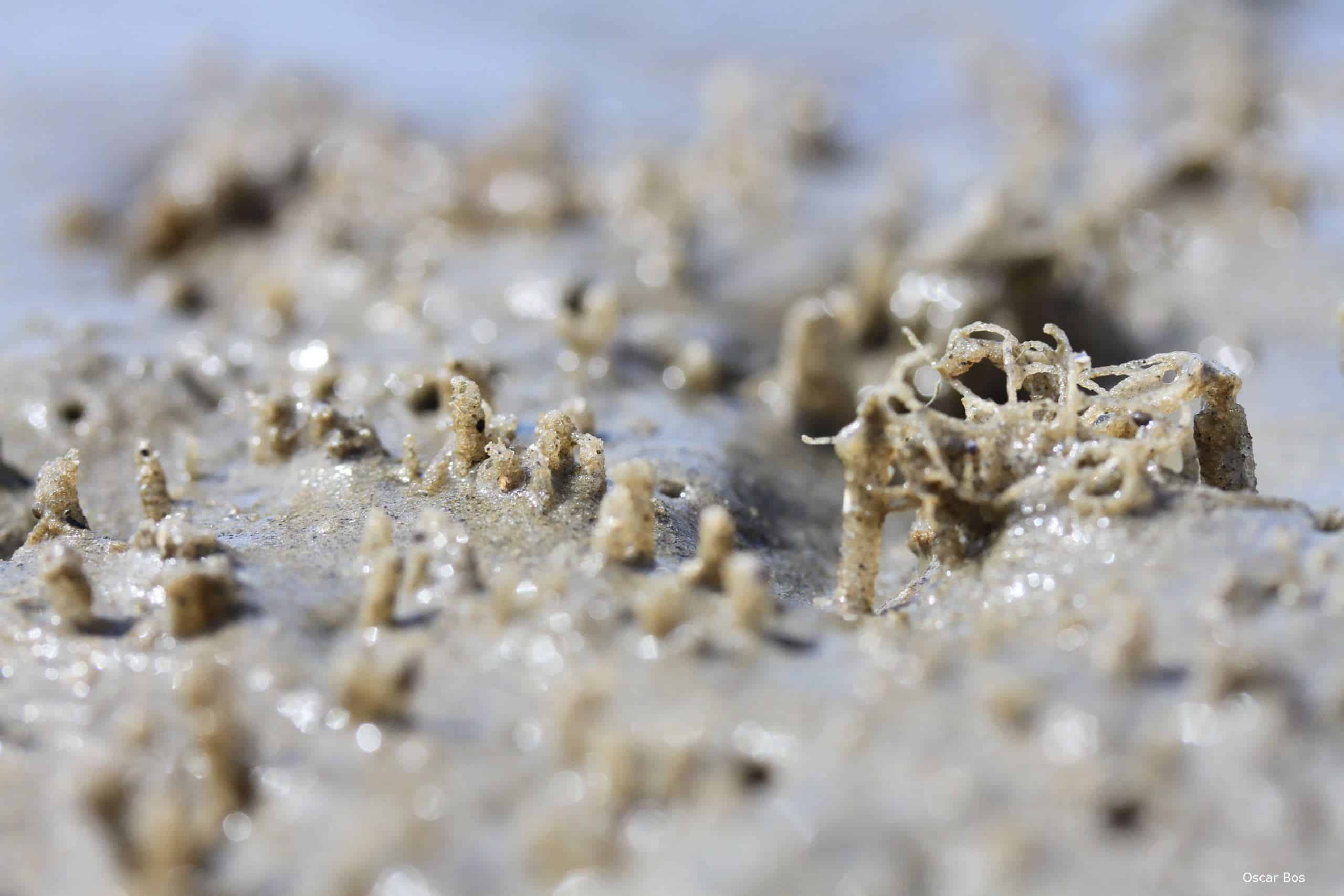
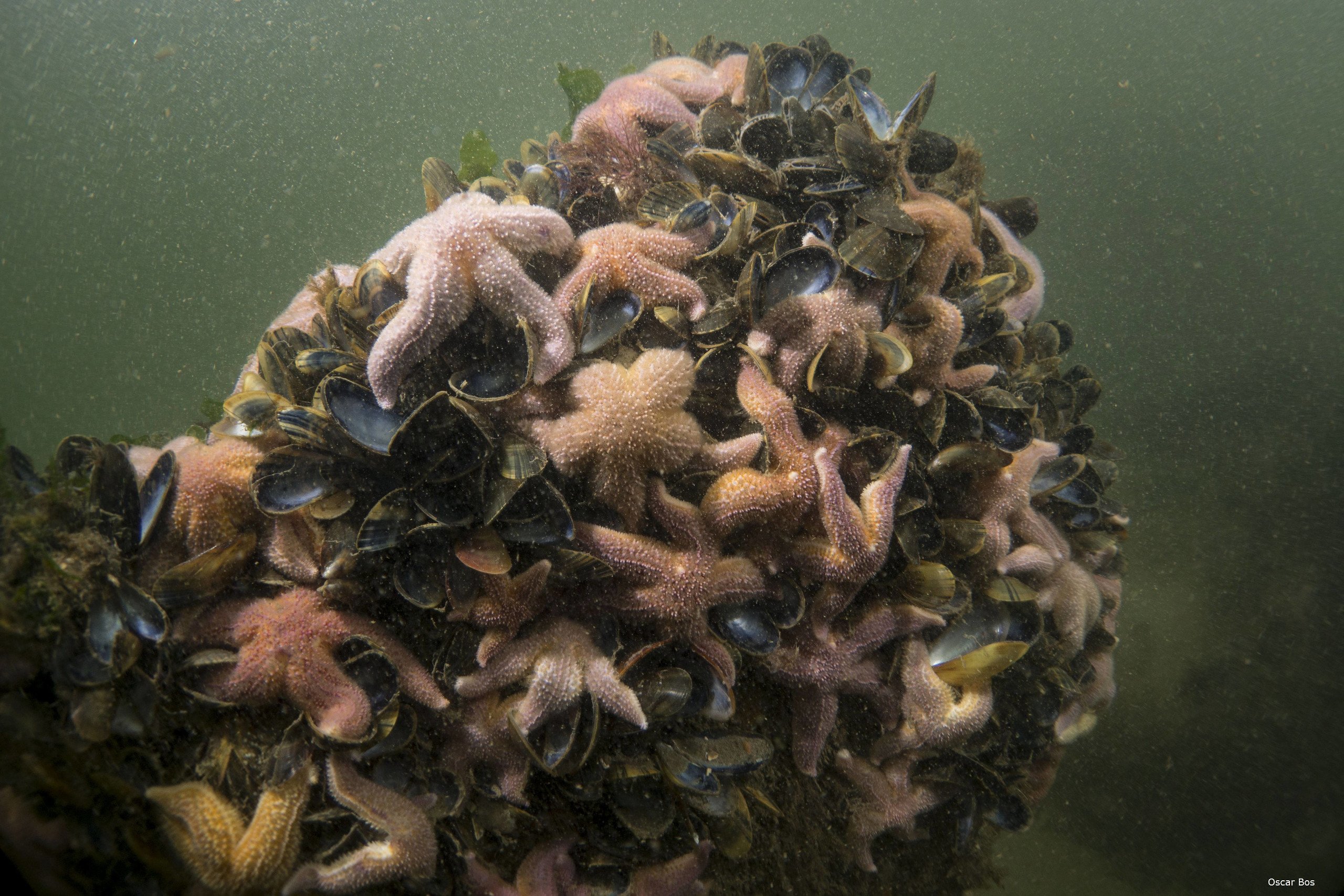
Who?
Research institute: University of Groningen
PhD Researcher: Maryann Watson
